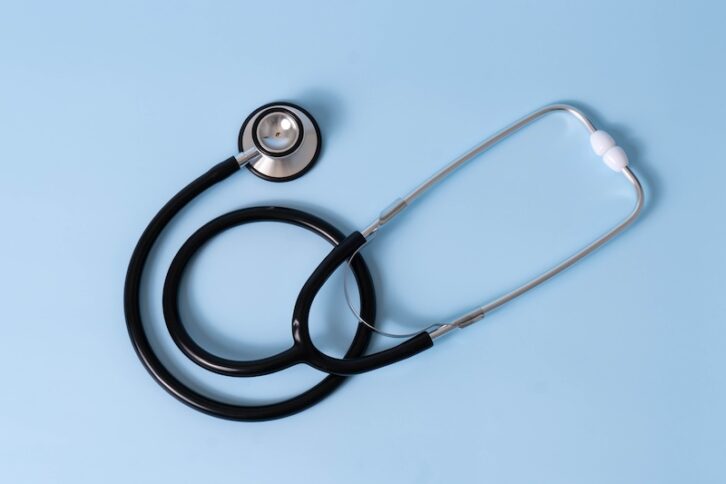At times of uncertainty and unrest, it’s essential to seek even a small source of positivity. This might involve engaging in self-improvement activities like reading more, cooking healthier meals or seeking cosmetic surgery for cosmetic enhancement.
Plastic surgeons across the US have noted an upswing in facial aesthetic procedures due to various driving forces such as: 1. Pandemic Influenza.
1. Procedures
Cosmetic or aesthetic surgery aims to change normal structures within the face and body by altering existing ones, such as ears. Procedures available include ear reshaping (otoplasty), facial lifting and blepharoplasty to eliminate extra skin or puffiness around eyes, as well as rhinoplasty to alter or reshape a nose.
Cosmetic surgeries that may benefit patients include breast augmentation and tummy tuck procedures. Before making their decision, individuals should meet with a certified surgeon to discuss goals and expectations; during the consultation session, an experienced surgeon should advise if their expectations are realistic while potentially suggesting non-invasive alternatives as a possible course of action.
Cost of aesthetic procedures will depend on both your surgeon and procedure type. A typical surgery typically costs between $3,000- $5,000 including surgeon fees, anesthesia fees and facility charges; additional expenses such as medical tests or medications could incur. Many individuals opt for multiple procedures concurrently which can reduce overall costs while speeding recovery time.
2. Trends
Aesthetic surgery focuses on surgeries and treatments designed to enhance appearance. Patients often wish to look the way they feel, and aesthetic surgery can help achieve this goal. Aesthetic procedures can correct an array of conditions including facial flaws, breast implants, rhinoplasty and liposuction.
Recently, researchers examined trends in cosmetic surgery using Google Trends (Google, Mountain View, CA). The authors observed an uptick in interest for plastic surgery procedures during the pandemic; perhaps due to increased marketing on social media platforms like Instagram.
COVID-19 brought with it an increase in cosmetic surgery procedures such as facelifts and blepharoplasty, as well as ear surgery (due to masks!). By 2022, though, surgical aesthetic procedures had decreased by 12% while nonsurgical aesthetic procedures saw growth – particularly popular were infusions and skin treatments among nonsurgical aesthetic procedures. Unfortunately, though these trends were promising, their popularity led to an influx of nonsurgical practitioners including dermatologists and family medicine practitioners without proper surgical training undertaking many common cosmetic procedures.
3. Recovery
Recovery time depends on the nature of the procedure performed; this could range anywhere from days to several weeks or even months. To ensure optimal healing and results, it is vitally important that patients follow any advice from their healthcare provider during this time.
Patients can take several easy steps to promote a speedy recovery, including washing their hands before touching their incision site and refraining from smoking or drinking alcohol. Furthermore, getting plenty of rest, not overworking themselves, and eating well are also vital parts of healing from surgery.
Finally, patients should plan for post-surgery assistance. This might involve scheduling a ride home after surgery or asking friends and family for assistance with meals, grocery shopping, cleaning or any other daily tasks that arise after the operation. Furthermore, pre-arranging childcare and pet care prior to surgery is key as this allows patients to focus more readily on recovery while alleviating anxiety afterward; taking these simple steps could make the difference between quick recovery and slow one.
4. Cost
Cosmetic procedures typically carry less risks and require shorter recoveries times than aesthetic procedures; however, aesthetic treatments cannot promise complete refinement of natural features or guarantee perfection; patients should set realistic expectations when considering these procedures and seek a specialist with experience in this specialized field.
Patients must understand that surgery requires a significant financial commitment as well. Surgeon fees vary; patients should also be mindful of additional expenses related to prescription medication, medical tests, surgical garments and miscellaneous expenses that could occur along the way. Out-of-Pocket (OOP) costs have significantly increased since 2010, particularly related to hospital and anesthesia services.
Due to limited health systems’ limited funding for surgical care, they often ration it based on clinical need – leading to ethical and legal considerations, including whether surgeons should offer treatment to people not needing it – which necessitate following high standards of care while acting in accordance with their patients’ best interests.
